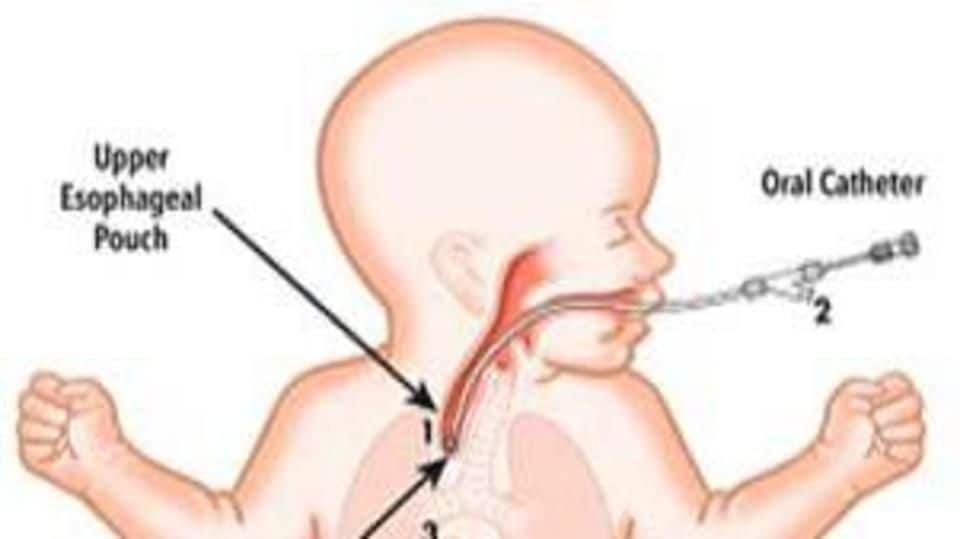
Robot created to treat rare birth defect affecting food pipe
What's the story
Scientists from the US have developed a new robot that can help doctors treat a rare birth defect in babies called Oesophageal Atresia that affects the food pipe. The prototype robotic implant, which is in the form of a small device, can be implanted into the food pipe with the help of two rings. Its ultimate aim is to aid tissue growth in babies.
Details
The robot aids tissue growth by gently pulling them
Once the robotic device is inside the food pipe, it stimulates the cells and gently pulls on the tissue with the help of an incorporated motor. The robot monitors tissue traction with the help of two sensors, one that measures the tension in the tissue and another that measures its displacement. Depending on these tissue properties it decides how much traction to apply.
Quote
The robot implant can change treatment as required: Researcher
"The robot measures the force being applied and can be adapted at anytime throughout the treatment. With it being implanted in the patient, they have a doctor by their side all the time, monitoring them and changing their treatment when needed," a researcher said.
History
One in 4,000 babies in US suffer from the disease
According to scientists, Oesophageal Atresia affects about one in 4,000 babies in the US and Europe. The rare genetic disease occurs when the upper and lower parts of the food pipe are disconnected, disabling the food to reach the stomach. In some cases, this gap between the two parts of the food pipe can range between 3 cm and 10 cm.